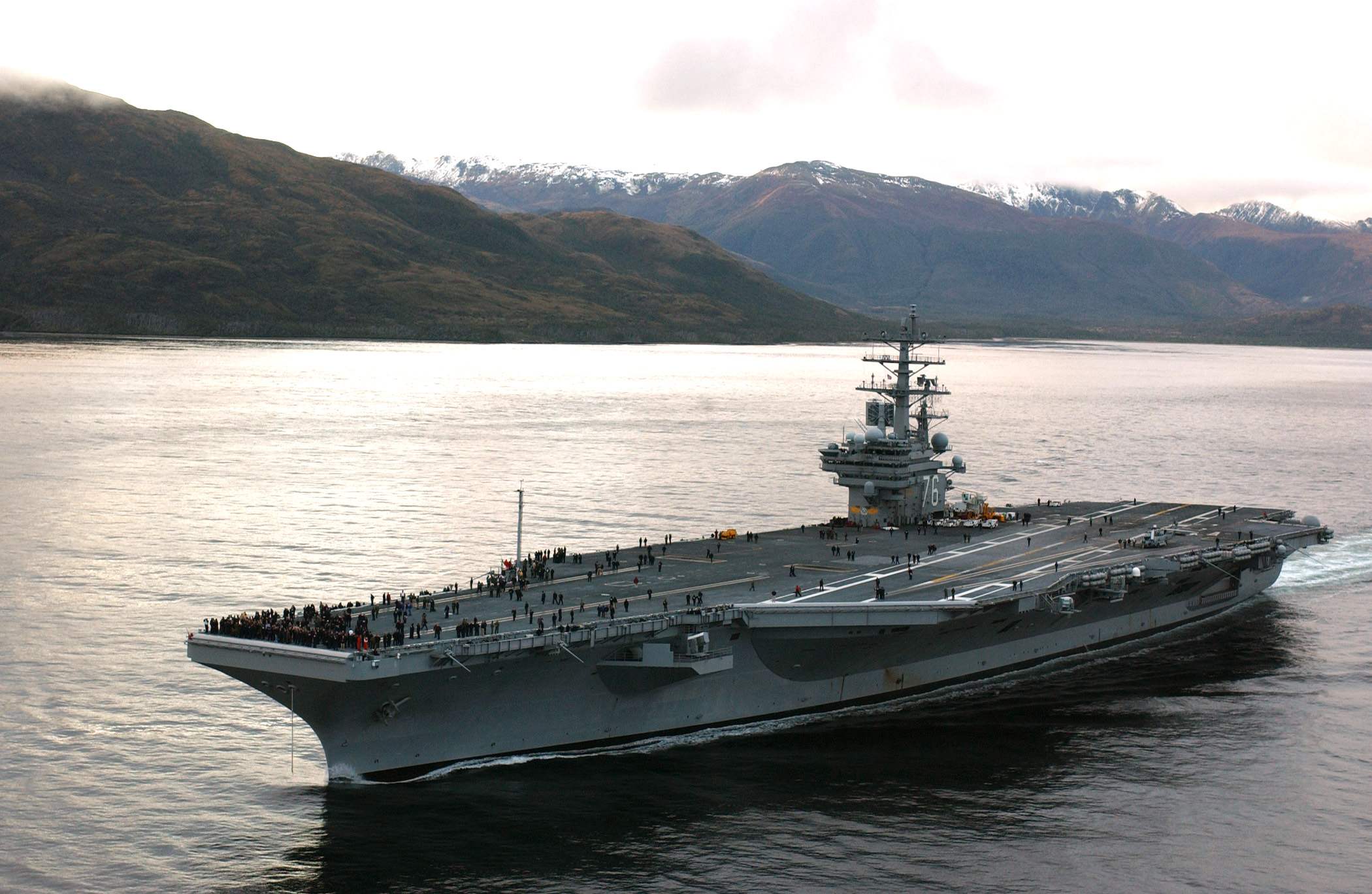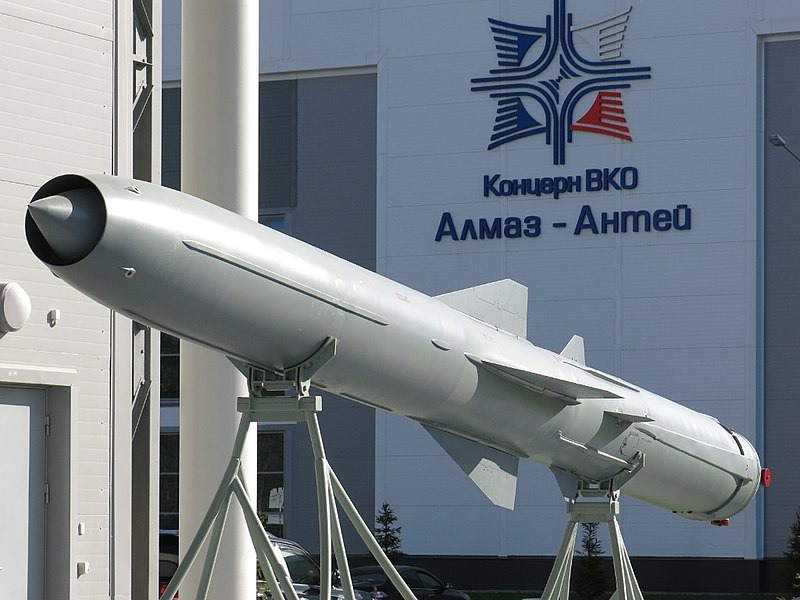A video recently surfaced on social media showing the Lebanon-based Hezbollah militant group flaunting its anti-ship missiles as a warning to the US Navy deployed in the Middle East.
Preliminary reports suggested that the video was shot and published by the militant group right after the US Gerard Ford Carrier Group was stationed in the Mediterranean Sea near the coast of Israel. Upon thorough fact-checking, the video was found to be unrelated to the recent developments.
The video has been on the internet since August 2019 and has nothing to do with the warnings issued by Hezbollah in the wake of Israel’s continuing bombing of Gaza. The video took the internet by storm, with the militant organization becoming progressively belligerent. The Hezbollah has warned of a region-wide conflict if the bombing of Gaza did not stop.
While it is now evident that Hezbollah did not make any explicit threats against the United States through the video, the militant organization, which Iran purportedly supports, is thought to possess Russian anti-ship missiles that it can still use to target US warships and carriers in the Mediterranean Sea.
Hezbollah leader Sayyed Hassan Nasrallah issued a stern warning to the United States last week, insinuating that the group had something in store for the US vessels and troops deployed in the region since October after Israel declared an all-out war.
Two individuals in Lebanon familiar with the arsenal of the Iran-backed group told Reuters that Hezbollah’s much improved anti-ship missile capabilities include the 300-kilometer (186-mile) Russian-made Yakhont missile. EurAsian Times could not independently verify these claims.
Lebanon
Hezbollah has released a video of their advance long range anti ship missile with words future is near. These missile are capable of destroying any military ship & capability was demonstrated by Hezbollah in 2005 when a Hezbollah missile took out Israeli Sa'ar 5 Corvette pic.twitter.com/6TpKGkNEux— Bharwana (@pain___killer) November 6, 2023
According to one source, Hezbollah has made significant progress in its ability to attack ships since 2006, when it first proved it could hit an Israeli warship in the Mediterranean.
For many years, media and analysts have reported that Hezbollah purchased Yakhont missiles from Syria following its deployment there over ten years. Hezbollah, on its part, has never officially confirmed having this weapon.
Powerful Russian anti-ship missiles acquired by Hezbollah give it the means to deliver on its leader's veiled threat against U.S. warships and underline the grave risks of any regional war, sources familiar with the group's arsenal say_ pic.twitter.com/W2s624ChON
— Faisal Ali Shah (@FaisalzUpdates) November 8, 2023
Media reports published over the years suggest otherwise. In 2014, the Wall Street Journal reported that Hezbollah received advanced guided missiles from Syria. The report noted that US officials believe that “as many as 12 anti-ship guide-missiles systems may now be in Hezbollah’s possession inside Syria.”
Moreover, the sources that monitor the arms trade between Russia and its Syrian partner claimed in 2014 that Bashar al-Assad’s forces received 72 Yakhont missiles in 2011 along with their SS-C-5 coastal defense systems.
Although Israel’s Defense Forces (IDF) was known to be destroying them in aerial strikes conducted between 2011 and 2013, a stock of these missiles is likely to have survived. The WSJ report stated that Hezbollah had allegedly smuggled these missiles into Lebanon piecemeal with assistance from Iran’s Quds Force to avoid being targeted further.
In 2017, reports citing some unnamed Western intelligence officials hinted that Hezbollah had the Yakhont anti-ship missile. The reports noted that these missiles eroded Israel’s sought-after ‘Qualitative Military Edge’ and threatened its gas fields in the Mediterranean Sea and the Israeli Navy’s ability to operate in the region.
All these years later, Hezbollah’s Russian-origin Yakhont missile had become an object of discussion again as the militant group accused the US of aiding Israel’s attacks on Gaza. Hezbollah leader Nasrallah said in a speech last week that the US warships in the Mediterranean “do not scare us, and will not scare us.” “We have prepared for the fleets with which you threaten us.”

What Is The Yakhont Missile?
The Yakhont anti-ship missile is the export version of the deadly P-800 Oniks developed by Russia. Since it is fire-and-forget, the launch platform can flee to safety once the missile has been launched. The Yakhont uses satellite guidance at takeoff and radar to monitor its target actively in the last stages of its flight.
According to Russian state arms exporter Rosoboronexport, the Yakhont naval anti-ship missile system (ASM) with anti-ship cruise missile is intended to attack single ships, high-radar-contrast ground targets, and various surface ships and transports that are a component of landing teams, convoys, and naval task forces.
The Yakhont ASM system has increased combat effectiveness owing to features like the missile’s high supersonic speed, adaptable flight patterns, small radar cross-section, and autonomous jam-resistant guidance system that combines an inertial navigation system and radar seeker. The missile functions entirely automatically after it has acquired a target.

Surface ships, submarines, and stationary and mobile launchers on the ground can all be equipped with the Yakhont ASM system. Both vertical and slanted launchers can be used to fire missiles.
The missile approaches its targets in two separate ways. It can fly continuously just above the ocean, reducing its range to 120 kilometers at the expense of reduced radar visibility. It may take off from a high altitude and descend to the target. The maximum range of the Yakhont with this method is 300 km. If news about Hezbollah having these missiles is accurate, US vessels are in the firing range of these missiles.
The Yakhont system comprises unified anti-ship cruise missiles in transport-launch containers (TLC), ship- and submarine-based launchers, a shipborne missile control system, and ground support equipment with automated test facilities.
The Yakhont missile was first developed in 1993 and can be launched from the air, the ground, or submarines. The Yakhont missiles can travel more than twice the speed of sound thanks to a ramjet engine. Launched with a seeker built to withstand countermeasures, the missile skims over the waves to evade detection. It is among the world’s most sophisticated anti-ship missiles.
- Contact the author at sakshi.tiwari9555(at)gmail.com
- Follow EurAsian Times on Google News




